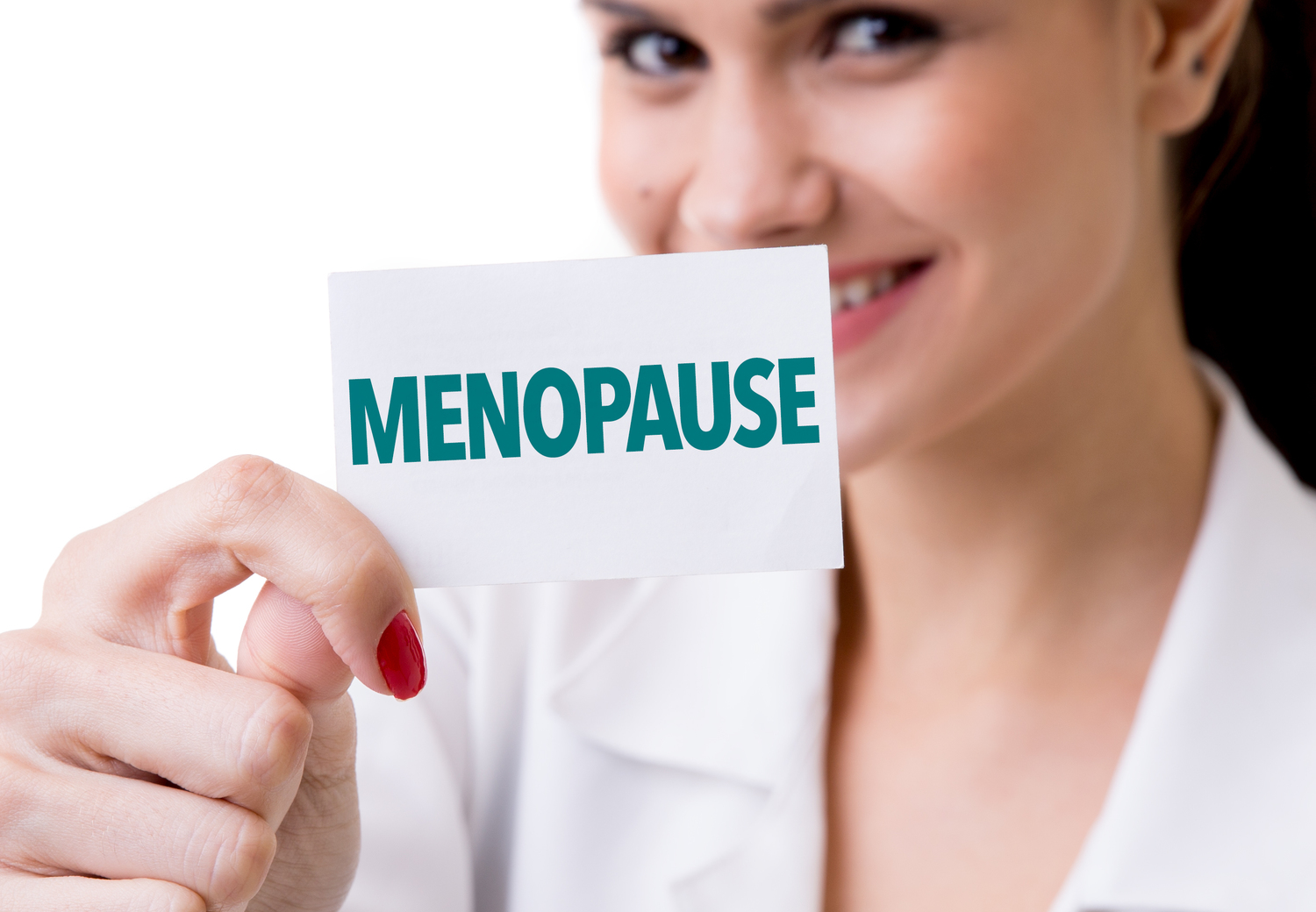
Home Remedies and Treatments for Dyspareunia in Post-Menopause
Dyspareunia, or painful intercourse due to inadequate lubrication as a result of low estrogen levels, is common in many post-menopausal women. Luckily, there are various treatment options for this medical condition. The treatment choices for dyspareunia in post-menopause depends on the exact cause of this condition, for instance, vulvovaginal atrophy is commonly the underlying cause of dyspareunia. Treating the condition, in this case, will include aiming to reduce symptoms of dryness, irritation, and soreness during sex.
Doctors also emphasize improving vulvar hygiene, lifestyle changes, and educational guidance to manage the condition better, sometimes prescribing either topical estrogen applied directly to the vagina and/or prasterone (Intrarosa). Yet, studies show that natural remedies can also reduce dyspareunia in post-menopausal women:
1. Topical lubricants
The first line of treatment for dyspareunia in menopause should be local vaginal estrogen application. Non-hormonal moisturizers and lubricants can also be used with doctor approval. These must be done in combination with regular sexual intercourse. But, for many women, such products do not seem to work. This happens because of the ingredients like additives, perfumes, flavors, and bactericides in these lubricants and moisturizers. These ingredients further affect the skin and cause irritation. When this line of therapy does not yield desired results, the doctor might prescribe locally-applied vaginal estrogen. Estrogen levels become low in menopausal women, and this must be supplemented using local estrogen or exogenous systemic estrogen.
2. Hormone therapy
Local therapy seems to be better suited in certain cases as compared to the above-mentioned method. Local hormone therapy was approved by the FDA to treat cases of severe and moderate vulvovaginal atrophy and vasomotor symptoms. It is also used in osteoporosis prevention and dyspareunia in menopause. However, the medication can have side-effects like moderate hot flashes.
3. Counselling and therapy
Counseling is another common treatment for this condition because women who experience a lot of pain during intercourse tend to face issues with their partner due to problems with having sexual intercourse. Approaching a counselor can be a huge help in such situations. When emotional issues, sexual abuse or trauma leads to dyspareunia, this is a reliable option.
4. Desensitization therapy
Doctors may opt for desensitization therapy for relaxing vaginal muscles and reducing pain levels in some patients.
5. Lifestyle changes
Some simple lifestyle changes can also help treat this condition. For example:
- Many patients choose to use water-based lubricants when having sexual intercourse. In addition, you need to practice good hygiene, go for routine check-ups to the doctor, and indulge in safe sex.
- Kegel exercises can strengthen the women’s pelvic floor. They are very effective for women suffering from vaginismus.
6. Other treatments
A medical professional can diagnose dyspareunia after going through the medical history of the patient. Sometimes, a conducting pelvic exam is also necessary. Besides this, other tests like urine culture test, pelvic ultrasound, and allergy tests may be carried out. Physical causes will be treated using medications like antifungal or antibacterial medicines. Topical lubricants and creams may help to relieve the dryness. However, if the dyspareunia is because of psychological causes, counseling therapy becomes important. This plays a huge role in reviving the communication and intimacy between partners. You can also take small steps at home to correct the situation, especially before intercourse. It is advisable to talk to your partner and understand the issue fully, preventing it from adversely impacting your relationship.




